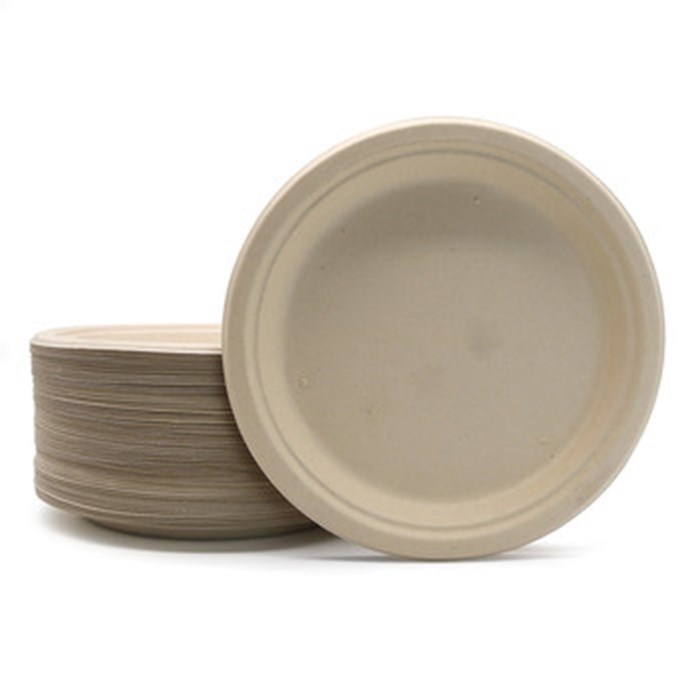Since efforts to “reduce” and “recycle” packaging waste cannot provide a complete solution, some people in the industry are increasingly focusing on “reuse” to provide additional parts of the solution. A new report by Smithers, “the future of refillable and reusable packaging by 2027″, discusses the circular economy movement in depth and believes that companies should replace disposable packaging with reusable packaging.
Reusable packaging provides more durable plastic containers or metal or glass containers that can be refilled in stores, returned to stores, or refilled in consumers’ own homes. However, in order for reusable programs to work effectively, consumers will demand simplicity and convenience.
According to Smithers’ data, the sales of refillable and reusable packaging reached US $35.1 billion in 2017, with an average annual growth rate of 3.4%, reaching US $40.1 billion by 2021. It is estimated that the sales of refillable and reusable packaging will be $42billion in 2022, and it is expected to increase by 5% annually during 2022-27 to $53.5 billion. By 2021, sales of refillable and reusable packaging are estimated to account for 4% of global packaging sales. By 2027, sales of refillable and reusable packaging are expected to reach 4.2% of global packaging sales.
Since 2017, there have been a large number of small-scale development of reusable consumer packaging reuse and refilling, but there is still a lot of work to be done. If refilling and reuse are to become more mainstream, it is necessary to provide consumers with more experiments and expanded pilot projects on household products.
There is no single reuse model for all products and every situation. Different consumers have different needs and desires, which depend on many factors – where they live, how they shop, and what they buy. Similarly, different product categories work better “in store” rather than at home, and vice versa. Success depends on customizing the solution accordingly, removing barriers to entry, and making the system as simple as possible.
Citizen and industry cooperation
Collaboration is also critical to the success of reusable packaging initiatives. This involves “buying” from retailers, manufacturers, delivery services, civil society organizations, and, of course, consumers. Governments can also play a key role, especially in helping to promote innovation and encourage investment. Consumers also said in the survey that they are willing or already using supplementary services, but few people habitually use them.
technological development
Current technological developments in refillable and reusable packaging include better cleaning and refilling machinery, improved design and durability of refillable packaging, and the gradual introduction of smartphone applications to promote consumer adoption of reusable packaging. Looking ahead, the use of smart packaging, smart phone applications and “tracking and tracking” technology may become more prominent in the field of reusable packaging.
Material Market
Glass is by far the largest type of material used to produce refillable and reusable packaging for mature business to consumer segments. Plastic is the second largest material, and the use of metal is mainly limited to reusable water bottles.
Plastic is the largest type of material used to produce refillable and reusable packaging in the developing market, followed by glass and metal. Metal is the largest material type for refurbished industrial / transportation intermediate bulk containers and barrels, followed by plastic barrels.
End use market
Refillable and reusable packaging is divided into two segments, mature or mature markets and developing markets. Mature markets cover the business to consumer and industrial / transportation business to business markets. The mature business to consumer segment includes three main end use areas; Beverage, home care and personal care packaging (mainly the supplementary packaging market in Japan).
Consumer packaging products, including home care and personal care products, have been at the forefront of the trend of reusable packaging in developing markets. Products are packaged with reusable or completely recyclable materials, such as hard plastic, metal, glass and engineering plastics.
However, the food industry is relatively slow in adopting refillable and reusable packaging. Here, more and more pilot projects are using business models such as “refuel at home”, “return to the store” or “refuel in the store” from the gas station. Refillable and reusable packaging of food initially focused on dry food. However, since 2021, other foods have been offered in refillable and reusable packaging, including sauces and spreads, preserves, Cereals, candies and salty snacks.
Post time: Aug-03-2022

